Today, I will write about one of the most beautiful places I visited, that is part of my country, Plitvice lakes National park. #haveyoubeenhere
The Plitvice Lakes complex was proclaimed a National park on April 8, 1949. It is the biggest, oldest and most visited Croatian National park. It is a lush mountain region with 16 lakes of various sizes, loaded up with beautiful blue-green water. The lakes get their water from various waterways and streams, and are interconnected by waterfalls and cascades.
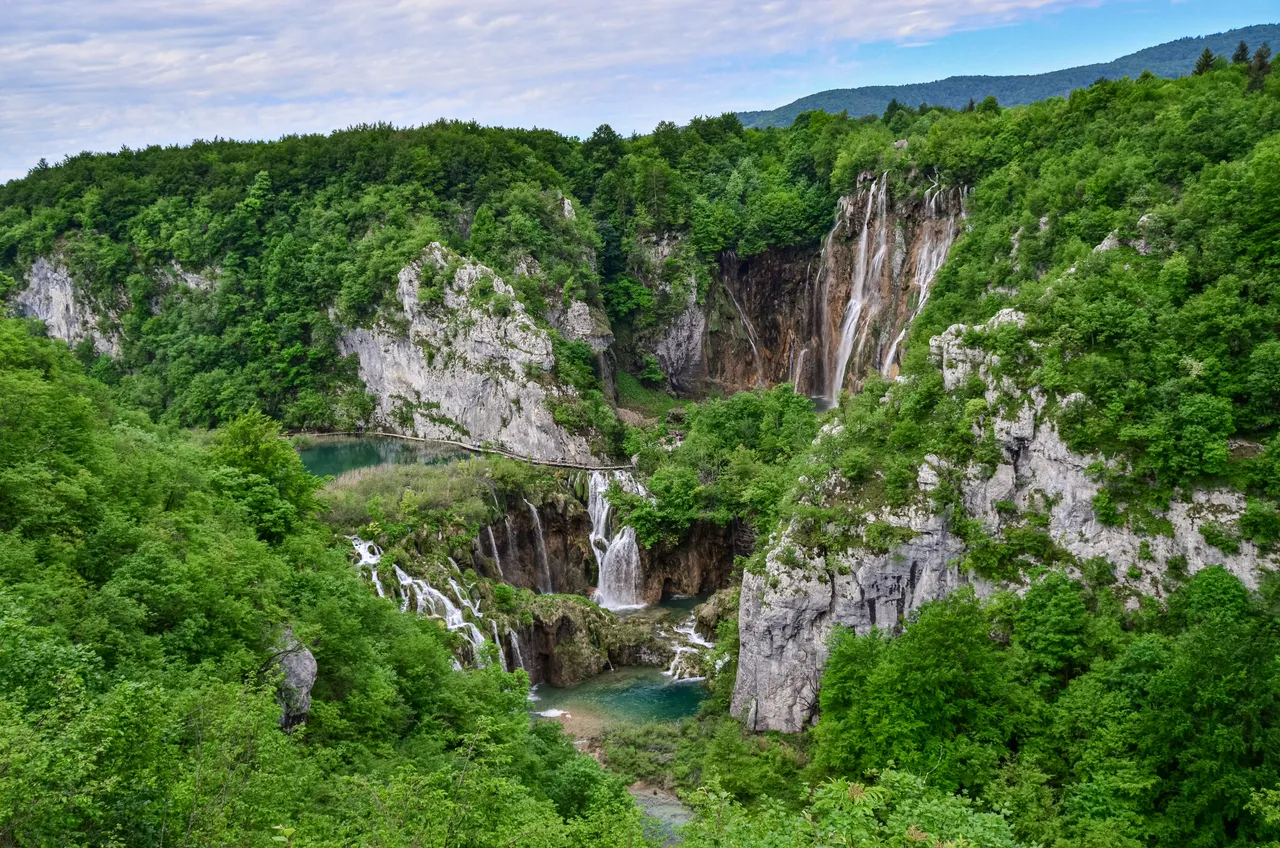
Plitvice Lakes National Park was inscribed on the UNESCO World Heritage List on October 26, 1979. This is the first area in the Republic of Croatia and among the first in the world to be included on the list due to its natural beauty.

This beautiful place is only about two hours away from my hometown, and I am immensely honored to be able to visit it now and then. This time I visited it in the spring time, when it is not so crowded, and the weather is great.
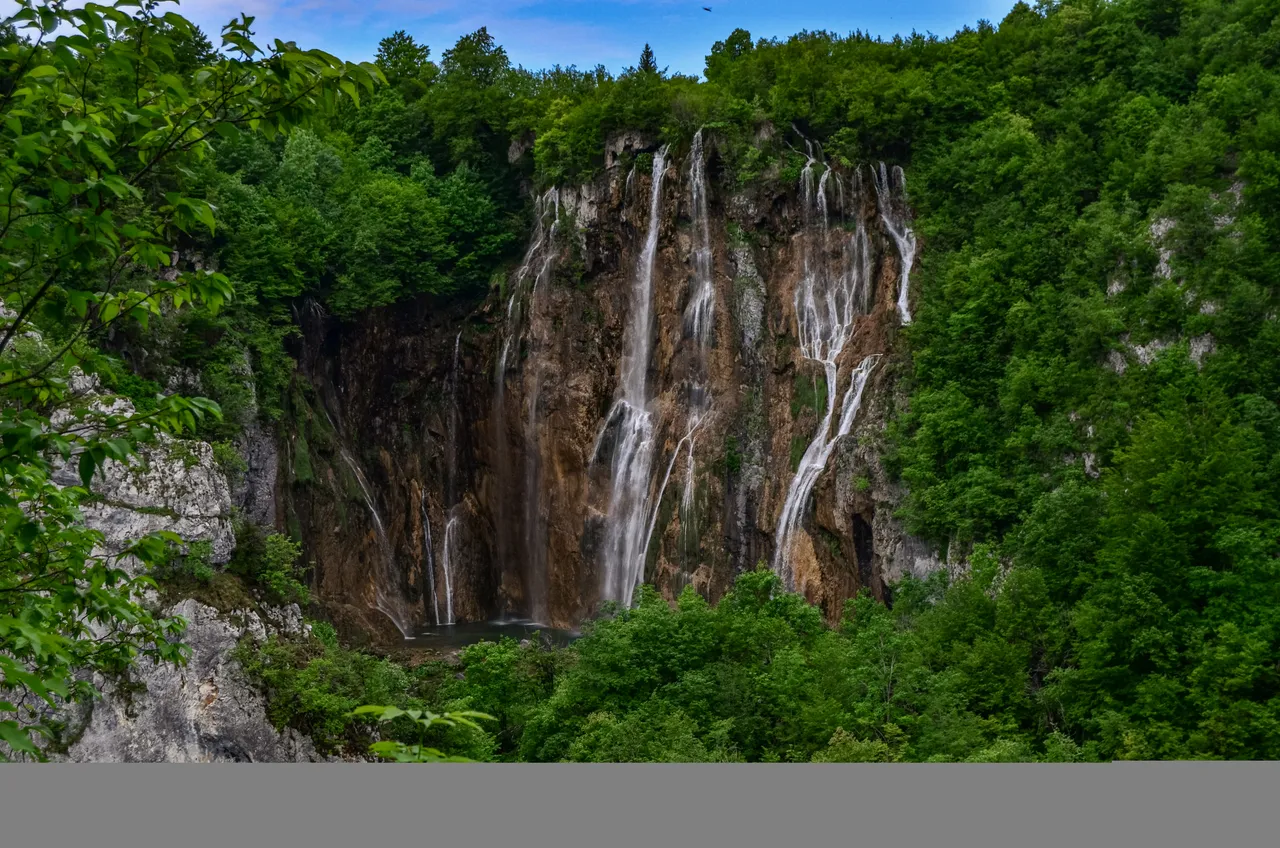
The water level is at its highest in mid-May. Tall aquatic plants surround the areas of quiet water, the bottom of which can be seen through the transparency and small flocks of maples swimming or resting peacefully. Trees and plants grow between and on the little islands, which are ringed by giant burdock leaves. The faces of aquatic plants pierce the shallow water. Hundreds of streams break through smaller and larger obstructions, tumbling in little waterfalls, as the road passes through this watery forest.
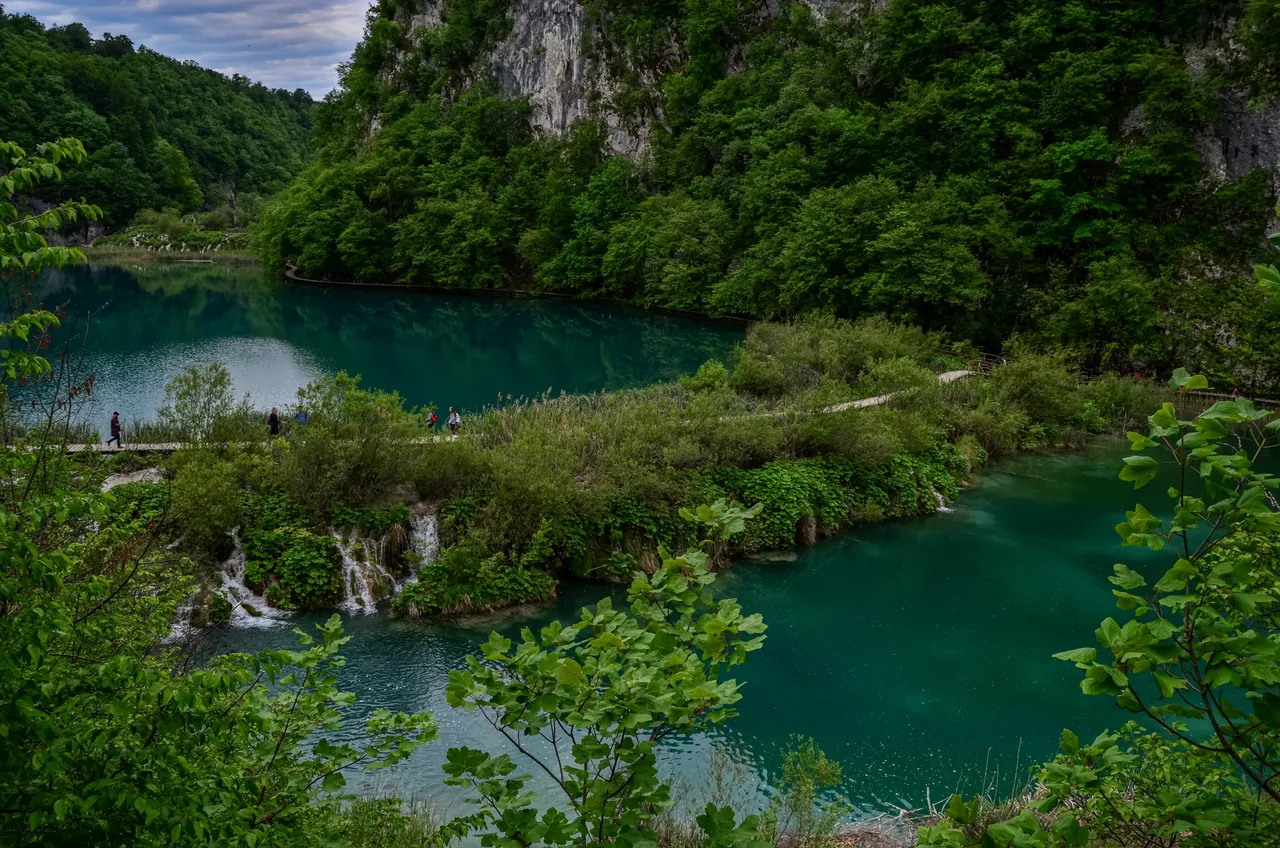
Plitvice Lakes has so far recorded 321 species of butterflies and 168 species of birds. There's also a chance you'll run into one of the endangered species, such as a : bear, wolf, lynx, or otter.

In the national park's vicinity, there are various traditional villages. Tourism and agriculture are the mainstays of the local economy. You have an excellent chance to stop by and stock up on honey, brandy, liqueur, cheese, and eggs prepared from scratch by the locals.

The most fascinating thing about Plitvice lakes is that every time you visit them the color of the lakes and vegetation itself changes, which would mean that every time you visit them they will enchant you again and again, as if you were seeing them for the first time.

The most expensive ticket is in the peak of the summer season from July 1 to August 31 and costs 180 kuna (around 23 euros) for adults, 110 kuna (around 16 euros) for students and 80 kuna (around 10 euros) for children under 18. Children up to the age of 7 have free admission throughout the year, and other age groups can get a better ticket price if they come to the park in a group of at least 15 people.
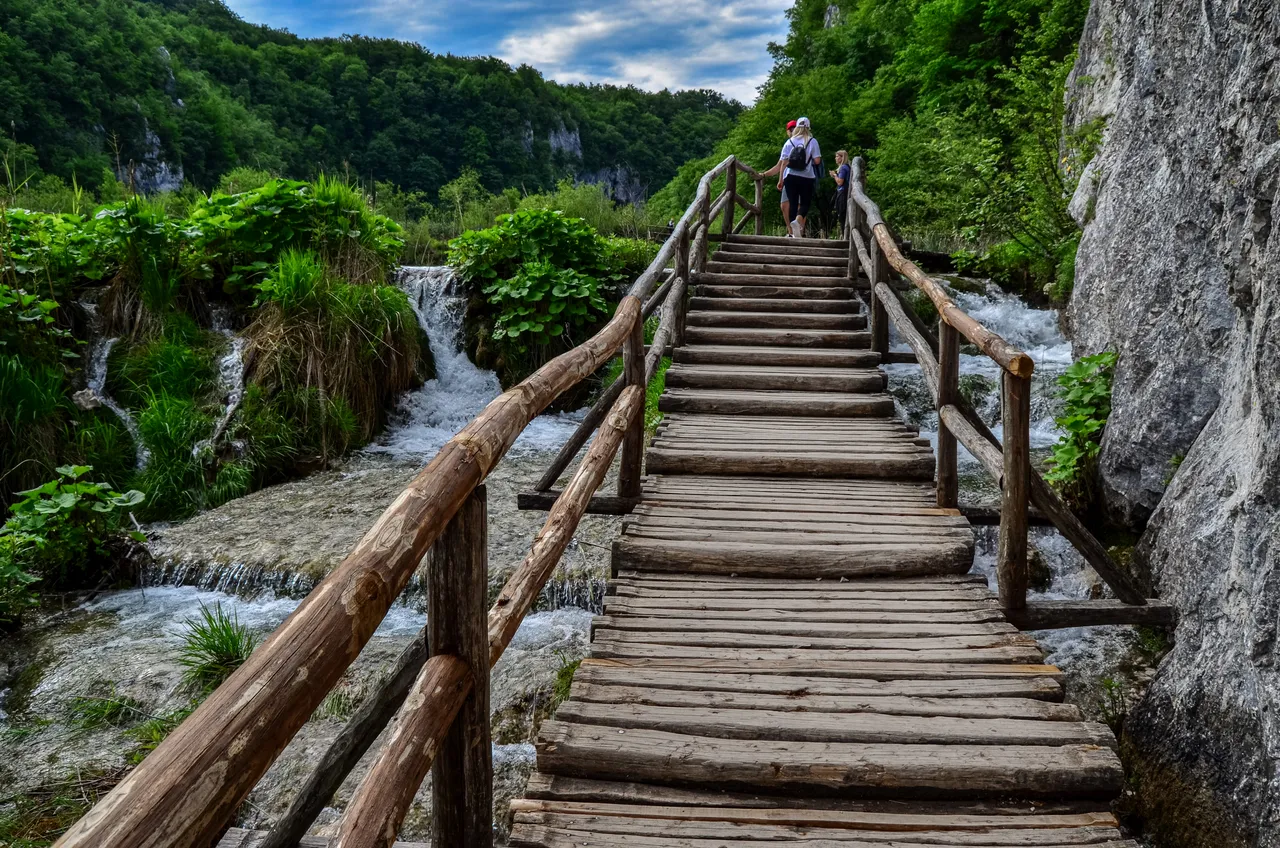
Every time I walk through these wooden bridges I feel fulfilled and happy. The walk itself has an anti-stress effect and I recommend it to everyone.
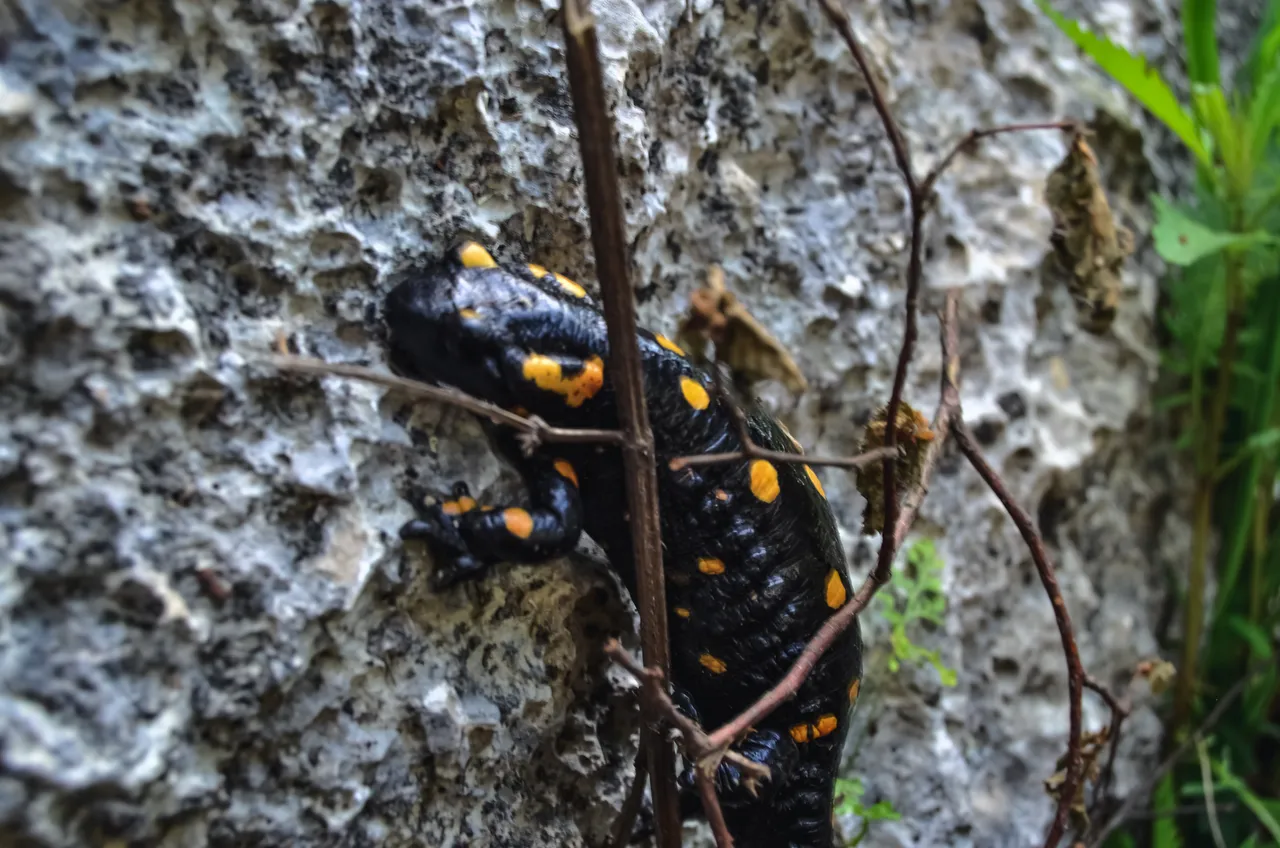
While walking, I saw a freckled salamander, and took a photo of it, which unfortunately turned out to be a bit blurry, because it was moving while I was trying to catch the photo. Adult salamanders have venom glands in the form of parotid glands and four rows of venom glands along the body.
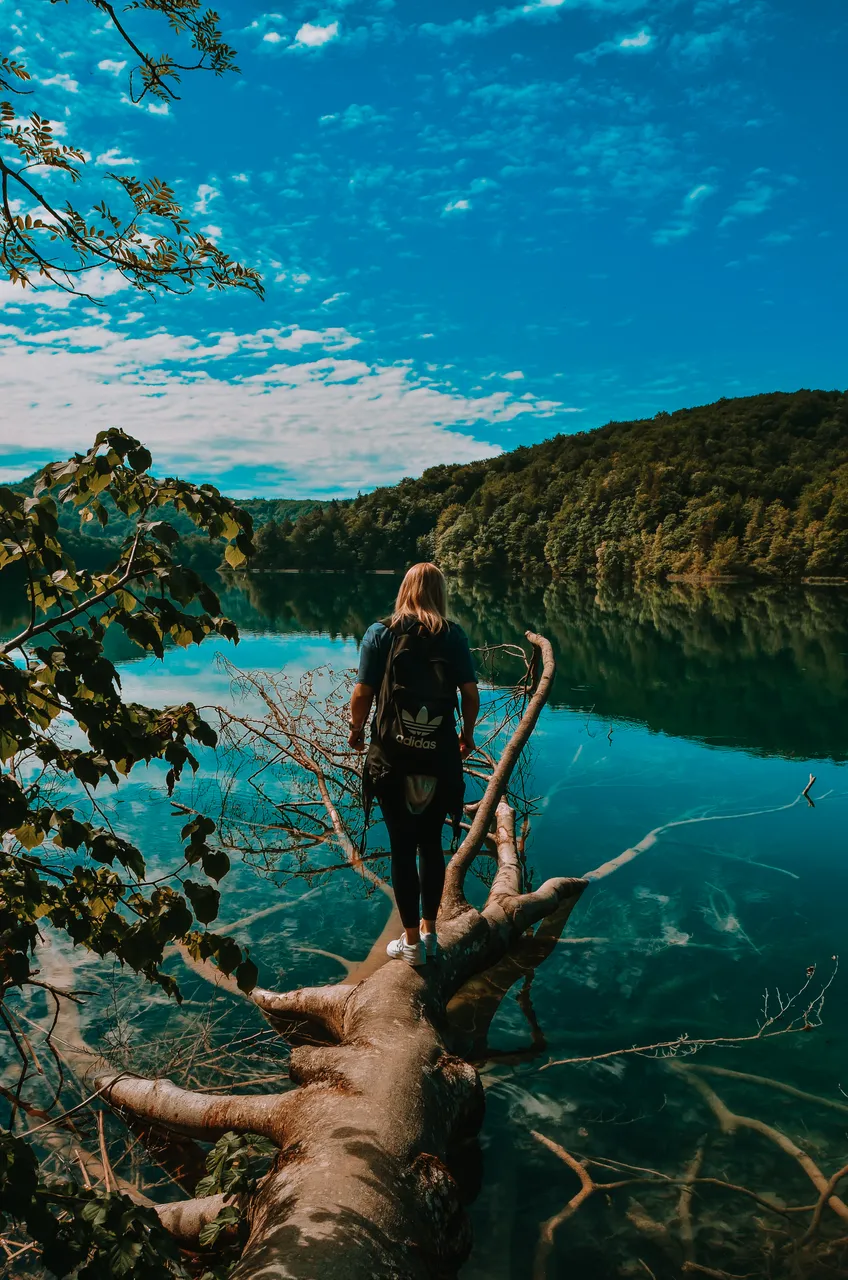
A friend walked to the end of the trunk, and as soon as I noticed her in that position, I had to take a photo because it looked like a beautiful shot. I hope in your opinion I was not wrong. Yeah, and nobody was hurt while we were making this photo. :D

168 species of birds have been identified in the Plitvice area, of which about 70 species are constantly nesting here. They inhabit four different types of habitats: forests, waters, open areas (fields, meadows) and rocks and boulders.

People have inhabited the Plitvice Lakes area for thousands of years. There were: Illyrians, Thracians, Celts, Japods, Romans, Avars, Slavs and Turks. During the reign of Julius Caesar, Plitvice Lakes were part of the province of Illyricum in the Roman Empire. Later, after the fall of the Romans, the Ostrogoths and Avars settled.

In the 7th century, Croats settled permanently in this area. In the Middle Ages, Mongol attacks were frequent. The lakes were part of the medieval Croatian kingdoms, until Croatia entered into a personal union with Hungary in 1102.

Legend of Plitvica lakes
Plitvice Lakes are a collection of 16 lakes located between Mala Kapela and Pljeivica in Lika. Because of its location and history, this area is still referred to as the Devil's Garden on certain maps. Plitvice Lakes were produced, according to mythology, following a severe drought. People, animals, and plants all craved a smidgeon of water. People prayed over and over. Then, with her regal entourage, the Black Queen appeared in the valley; she took pity on the people and, with a powerful wind and thunder, rain finally poured on the land. Rain rained for such a long time that the water level climbed to the point where lakes formed.

There are 8 national parks and 12 nature parks in Croatia today.
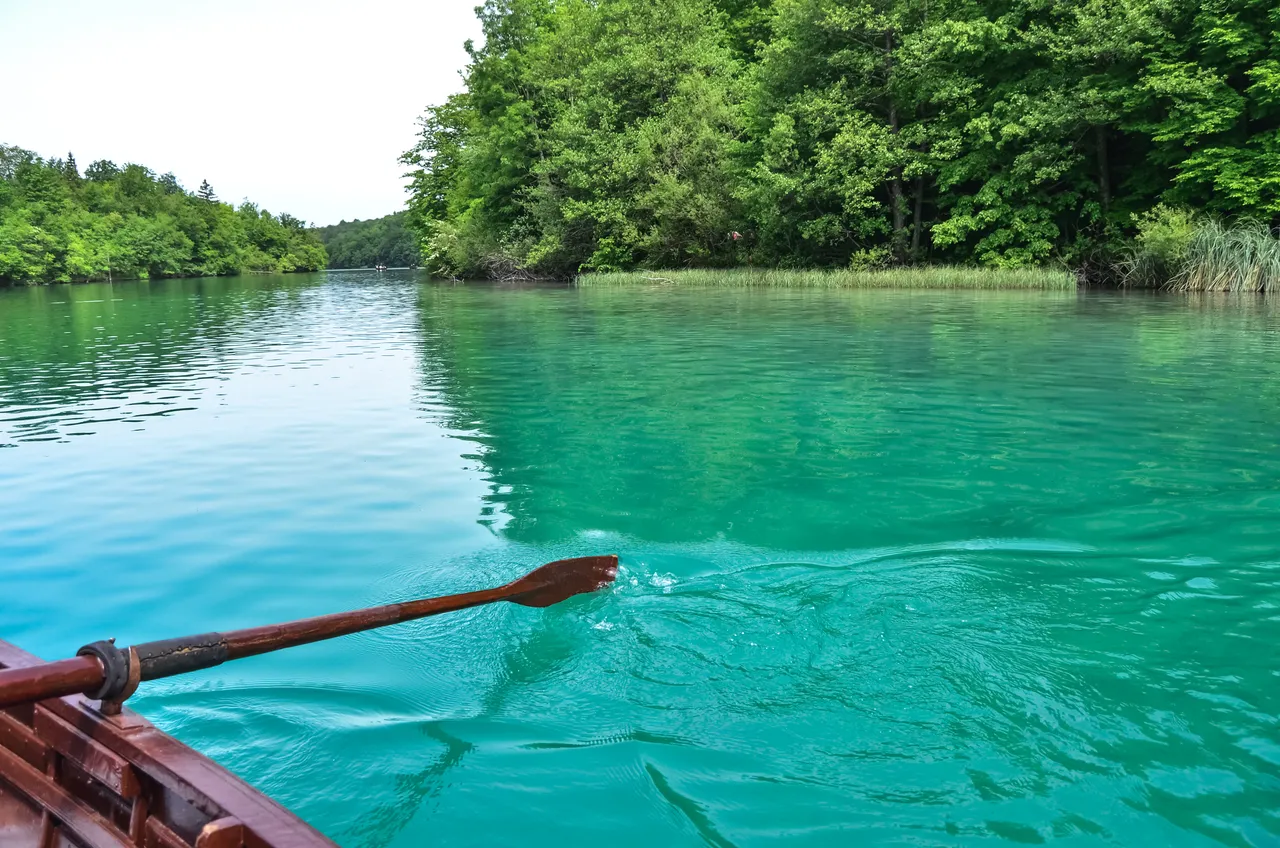
Tickets to Plitvice Lakes are the most expensive in the period from June to September. It is possible to buy a one-day and two-day ticket. The ticket price includes a boat and train ride an unlimited number of times that day.

At the moment, as I upload these photos, I am thinking about revisiting Plitvice Lakes, because I feel that I am already missing them.

It is amazing how many plants, meadows, and beautiful forests you will see walking there.
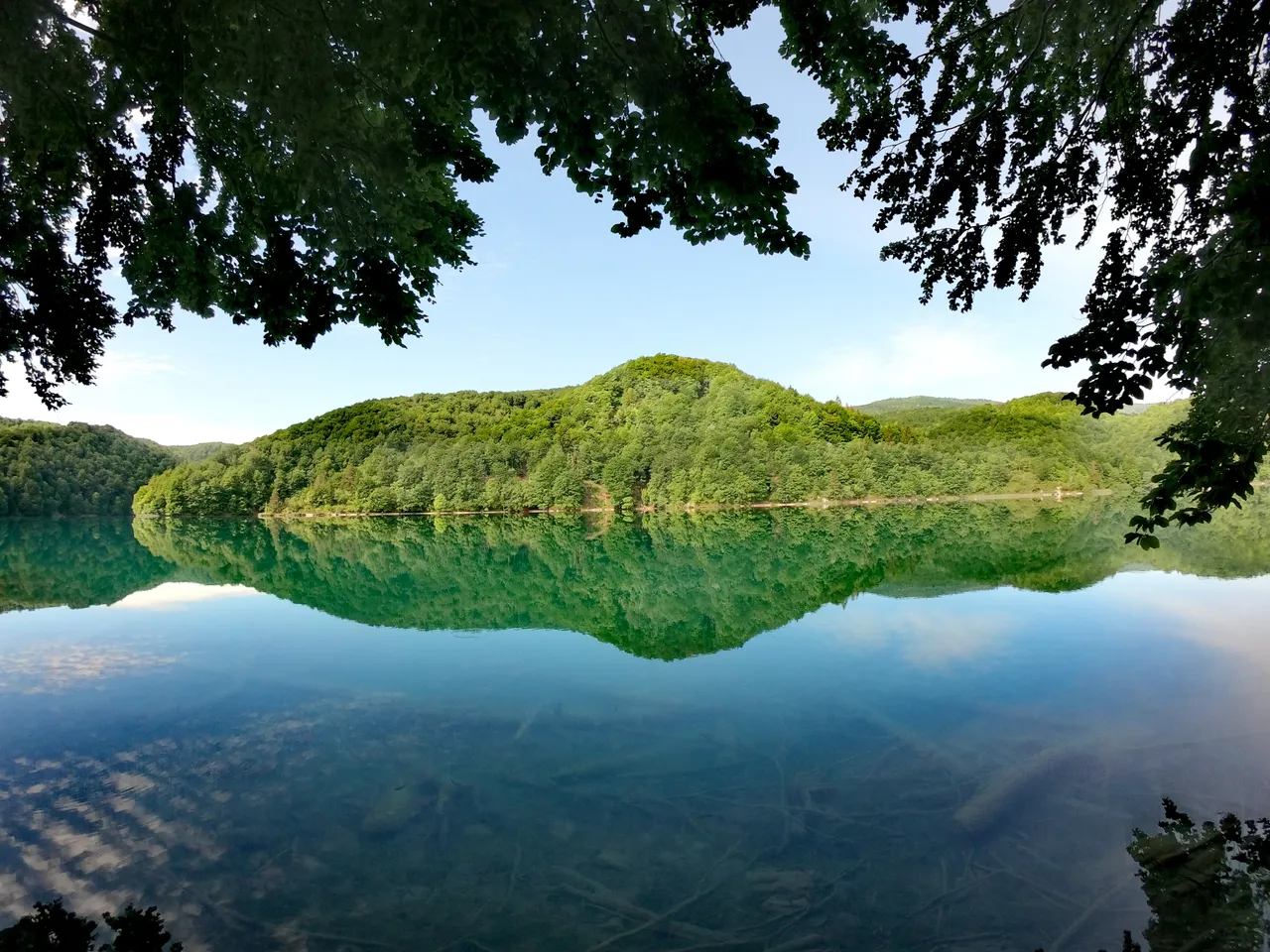
Just look at those wonderful reflections. I could sit by the water for hours and watch these beauties. It’s interesting what nature can produce, so let’s preserve nature.

Shocking fact regarding nature is that every day around 27000 trees are chopped down to produce toilet paper alone.

Rastoke is a picturesque village located not far from Plitvice Lakes. According to the 2011 census, they had 50 inhabitants.

The first mill in Rastoke dates from the 17th century, and is presumed even earlier, while the largest number of dwellings were built at the end of the 19th century and the beginning of the 20th century, from wood and tufa.

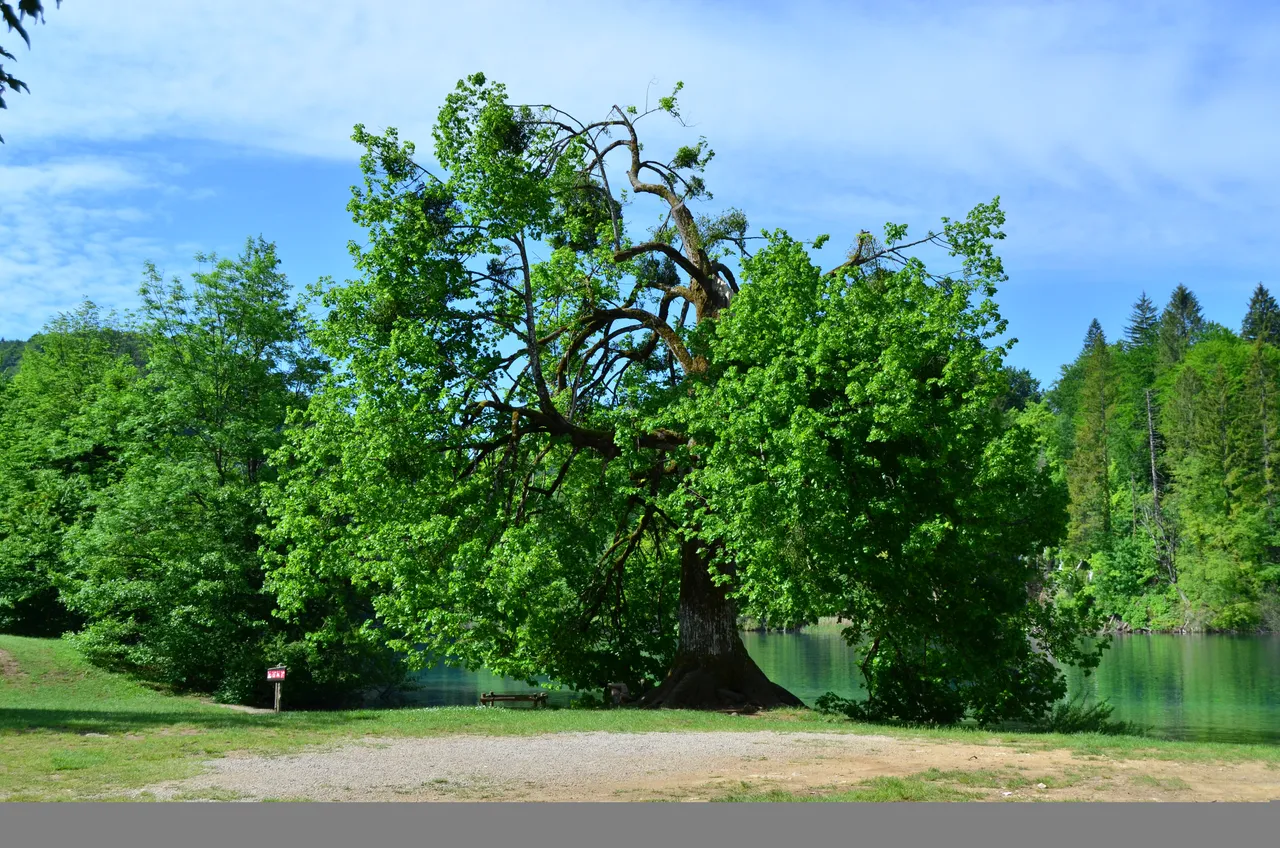
And finally, I would recommend you to pack your bags and visit Plitvice Lakes and other national parks in your area. I want to tag my fellow blogger from Hive, that asked me to mention him when making this post @lightcaptured.
I would also like to share a quote with you, that had an impact on me the first time I read it.
"We don’t inherit the earth from our ancestors, we borrow it from our children."
- Native American proverb
Have a nice week, and keep safe!
